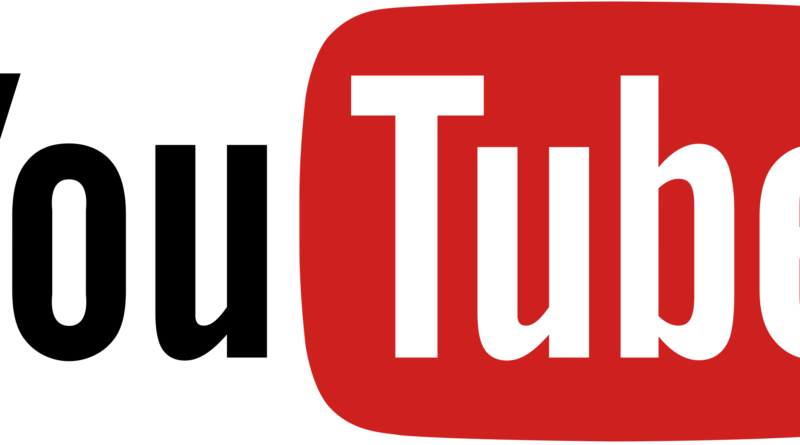The YouTube Revolution: A Comprehensive Exploration
YouTube, the video-sharing behemoth, has not only transformed the way we consume content but has also created a platform that has given rise to countless content creators and influencers. From viral videos to educational content and entertainment, YouTube has become a one-stop destination for a diverse range of videos. In this article, we will delve into the history of YouTube, its impact on media consumption, the rise of content creators, and the future innovations that lie ahead.
The Genesis of YouTube
1. Inception and Founding Vision
YouTube was founded in February 2005 by three former PayPal employees: Steve Chen, Chad Hurley, and Jawed Karim. The trio envisioned a platform where users could easily upload, share, and discover videos. The first-ever video uploaded on YouTube was entitled “Me at the zoo,” posted by Jawed Karim, marking the humble beginning of a platform that would revolutionize online video content.
2. Acquisition by Google
Recognizing the potential of YouTube, Google swiftly acquired the platform in November 2006 for a staggering $1.65 billion. This acquisition not only solidified YouTube’s place as a major player in the digital space but also marked the beginning of its integration with Google’s ecosystem.
The YouTube Ecosystem
1. The User Interface and Accessibility
YouTube’s success can be attributed in part to its user-friendly interface. The platform’s layout allows for easy navigation, with a homepage that features personalized recommendations based on a user’s viewing history and preferences. Accessibility is key, with YouTube being available on various devices, including smartphones, tablets, smart TVs, and desktop computers.
2. Diversity of Content
One of YouTube’s most notable strengths is its diverse range of content. From short-form videos to feature-length documentaries, YouTube hosts content that caters to virtually every interest and demographic. The platform is home to educational channels, music videos, gaming content, vlogs, and much more, making it a go-to destination for users worldwide.
3. The Rise of Content Creators
YouTube has empowered individuals to become content creators and build their own online communities. These content creators, commonly known as YouTubers, cover a myriad of topics, from tech reviews and beauty tutorials to comedic sketches and travel vlogs. The rise of these creators has democratized content production, allowing anyone with a camera and an internet connection to share their voice with a global audience.
4. Monetization and the YouTube Partner Program
To incentivize content creators, YouTube introduced the YouTube Partner Program (YPP) in 2007. This program enables creators to monetize their content through advertisements, channel memberships, and Super Chat during live streams. Monetization has become a crucial aspect for many creators, turning their passion into a viable career.
The Impact on Media Consumption
1. Shifting Paradigms in Entertainment
YouTube has played a pivotal role in challenging traditional entertainment models. The platform has become a primary source of entertainment for younger demographics, with many choosing YouTube content over traditional television. This shift has prompted traditional media outlets to adapt and engage with audiences on digital platforms.
2. Global Reach and Cultural Exchange
YouTube’s global reach has facilitated cultural exchange on an unprecedented scale. Creators from different countries and backgrounds can share their perspectives, traditions, and art with a global audience. This has led to a more interconnected world where users can experience diverse cultures from the comfort of their screens.
3. Educational Opportunities
YouTube has emerged as a valuable educational resource, providing tutorials, lectures, and demonstrations on a wide range of subjects. From learning a new language to acquiring coding skills, YouTube has democratized education, making knowledge accessible to anyone with an internet connection.
The Evolution of YouTube Features
1. YouTube Live
In 2011, YouTube introduced the live streaming feature, allowing creators to connect with their audience in real-time. YouTube Live has since evolved, enabling live chat, Super Chat for direct monetary support from viewers, and even virtual events.
2. YouTube Shorts
As the popularity of short-form video content surged, YouTube introduced Shorts in 2020. This feature allows creators to produce brief, catchy videos directly within the YouTube app, entering the realm of short-form video content dominated by platforms like TikTok.
3. YouTube Premium
YouTube Premium, launched in 2018, offers users an ad-free experience, access to YouTube Originals, and the ability to download videos for offline viewing. This subscription service provides an additional revenue stream for YouTube while offering users enhanced features.
Challenges and Controversies
1. Content Moderation and Policy Enforcement
YouTube has faced challenges related to content moderation and policy enforcement. The platform has grappled with issues such as the spread of misinformation, hate speech, and controversial content. Striking a balance between freedom of expression and enforcing community guidelines remains an ongoing challenge.
2. Copyright Issues and Fair Use
YouTube has been at the center of copyright debates, with creators facing issues related to fair use and copyright claims. The platform has implemented systems, such as Content ID, to address copyright concerns, but these systems are not without controversy and have sparked debates about the balance between protecting intellectual property and enabling creative expression.
The Future of YouTube: Innovations and Trends
1. Virtual and Augmented Reality Integration
YouTube is exploring virtual and augmented reality (VR and AR) technologies. The platform may introduce features that provide immersive experiences, such as virtual concerts and interactive VR content, expanding the possibilities for creators and viewers alike.
2. Enhanced Personalization with AI
As artificial intelligence (AI) continues to advance, YouTube is likely to leverage AI to enhance personalization further. This could involve more sophisticated recommendation algorithms, personalized advertising, and tailored user experiences.
3. Continued Expansion of Short-Form Content
With the success of YouTube Shorts and the popularity of short-form content on other platforms, YouTube is expected to continue expanding its short-form video offerings. This may involve new features, partnerships with creators, and collaborations to keep pace with evolving trends.
Conclusion
YouTube has transcended its origins as a video-sharing platform to become a cultural phenomenon, influencing how we consume media, connect with others, and express ourselves. Its impact on content creation, entertainment, and education cannot be overstated. As YouTube continues to evolve, introducing new features, addressing challenges, and embracing technological innovations, it remains at the forefront of the digital landscape, shaping the future of online media consumption. Whether you’re a content creator, a casual viewer, or a brand looking to connect with audiences, YouTube continues to be a dynamic and influential force in the digital realm.

